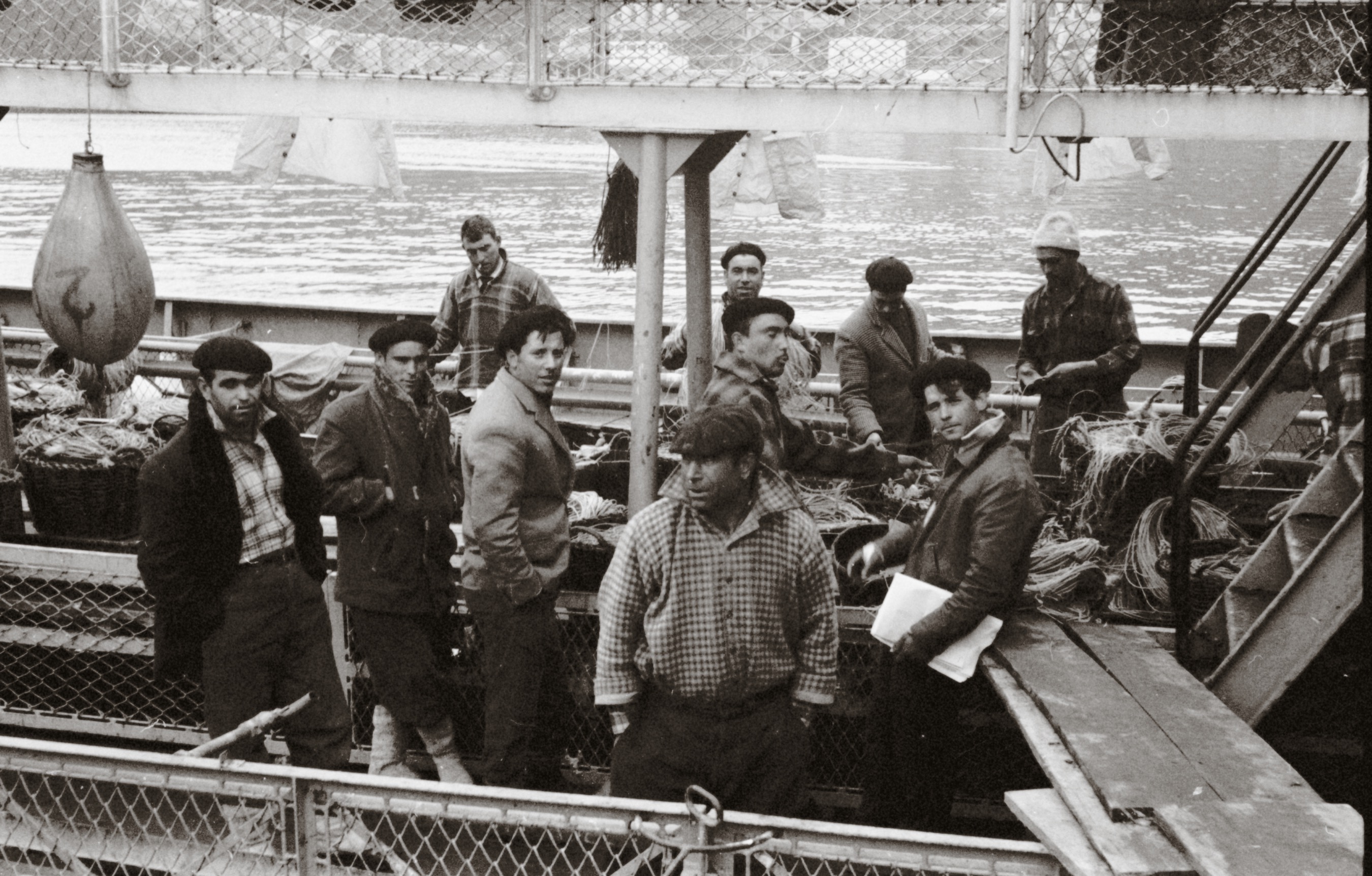ARCHIVAL MOMENT
September 21, 1833
On September 20, 1883 there was much excitement in St. John’s with religious and civic officials gathering to celebrate the 50th Anniversary of the arrival of the Presentation Sisters to the colony of Newfoundland
The Irish nuns (Sister’s Bernard Kirwin, Magdalen O’Shaughnessy, Xavier Maloney and Xaverius Lynch) reached St John’s harbour on 21 September 1833 – the first nuns to serve in Newfoundland. With no account of their arrival being received in Galway, Ireland, until four months later, they were given up for dead at home and as was the custom in the convent, a Solemn Requiem Mass was celebrated for them, and copies of their vows were burned. They were presumed dead.
The four Galway women came to Newfoundland at the invitation of the Catholic Bishop, Michael Fleming to establish a school that would offer improved educational opportunity for girls and young women in St. John’s.
Upon arrival in St. John’s the nuns were agreeably surprised by the appearance of Newfoundland.
“This country,” Sister Mary Bernard Kirwin wrote in her first letter home, “is by no means as dreary as we heard. The bay is beautiful and so is the country as far as we can see.”
Within a few weeks of their arrival in St. John’s the sisters had gathered approximately 450 studenets that they divided into classes. They began teaching in a room at the rear of an old tavern, the “Rising Sun” that also served as their home. The curriculum included grammar, literature, arithmetic, French, music, needle work, and Christian doctrine.
“SKINNED ALIVE THE MASS OF SAINT CECELIA”
One of the observers of the 50th Anniversary celebrations in 1883 was Henri de la Chaume , attaché to the French Consul in St. John’s . On his return to France, he published a book about his experiences in the colony.
The French attaché admired the good works of the Irish born nuns but he was not very kind about their musical ability, he wrote:
“During this, (the 50th Anniversary Pontifical Mass) they (the nuns) most disgracefully skinned alive the Mass of Saint Cecelia and, not content with this first crime, they went on to profane the “Inflammatus” of the “Stabat Mater.” (Latin hymn “the Mother was standing.”
He was, however, happy to report that:
“The ceremony finished with a hymn where at last they did us the grace to give us an “0 Salutaris” by Miss (Clara) Fisher composed by Cherubini.”
One of the women kneeling in the chapel for the 50th Anniversary mass was
“The Superior of the Convent, (90 year old, Sister Mary Magdalen O’Shaughnessy (1793-1888), one of the four sisters who came here fifty years ago, (she) was there bent over a prie-Dieu.”
Sister O’Shaughnessy was never to return her beloved Ireland- in her first letter home in 1833 – she wrote that she was struck by the evident prosperity of St John’s, Newfoundlandand the fondness of the children in the school for “dress-wear, necklaces, ear-rings, rings etc.”
From their appearance, she wrote,
“you would scarcely think you are teaching in a poor school. No such thing as a barefoot child to be seen here, how great the contrast between them and the poor Irish!”
Recommended Publication: Hammered by the Waves: A Young Frenchman’s Sojourn in Newfoundland in 1882-83: Henri De La Chaume (Author), Robin McGrath (Editor), James M. F. McGrath (Translator) Creative Book Publishers, St. John’s, 2006.
Recommended Archival Collection: The Archives of the Presentation Congregation, St. John’s has a wonderful collection of archival documents relating to the lives of the women of the Presentation Congregations and their work in education in Newfoundland.
Recommended Activity: Visit the Presentation Convent at Cathedral Square, St. John’s home of the exquisite statue – The Veiled Virgin by Giovanni Strazza. Also home of an altar designed of pure marble, with carved motif’s documenting the first 50 years of the sisters work in Newfoundland. (By appointment only)

![Photo Credit: The Rooms Provincial Archives: A 58-52; N.F.L.D. 1st Regiment Camp [Pleasantville], St. John’s, NL. In September 1914 Pleasantville was the site of a number of ‘Smoking Concerts’.](http://104.236.223.150/wp-content/uploads/2014/09/Pleasantville-300x196.jpg)











